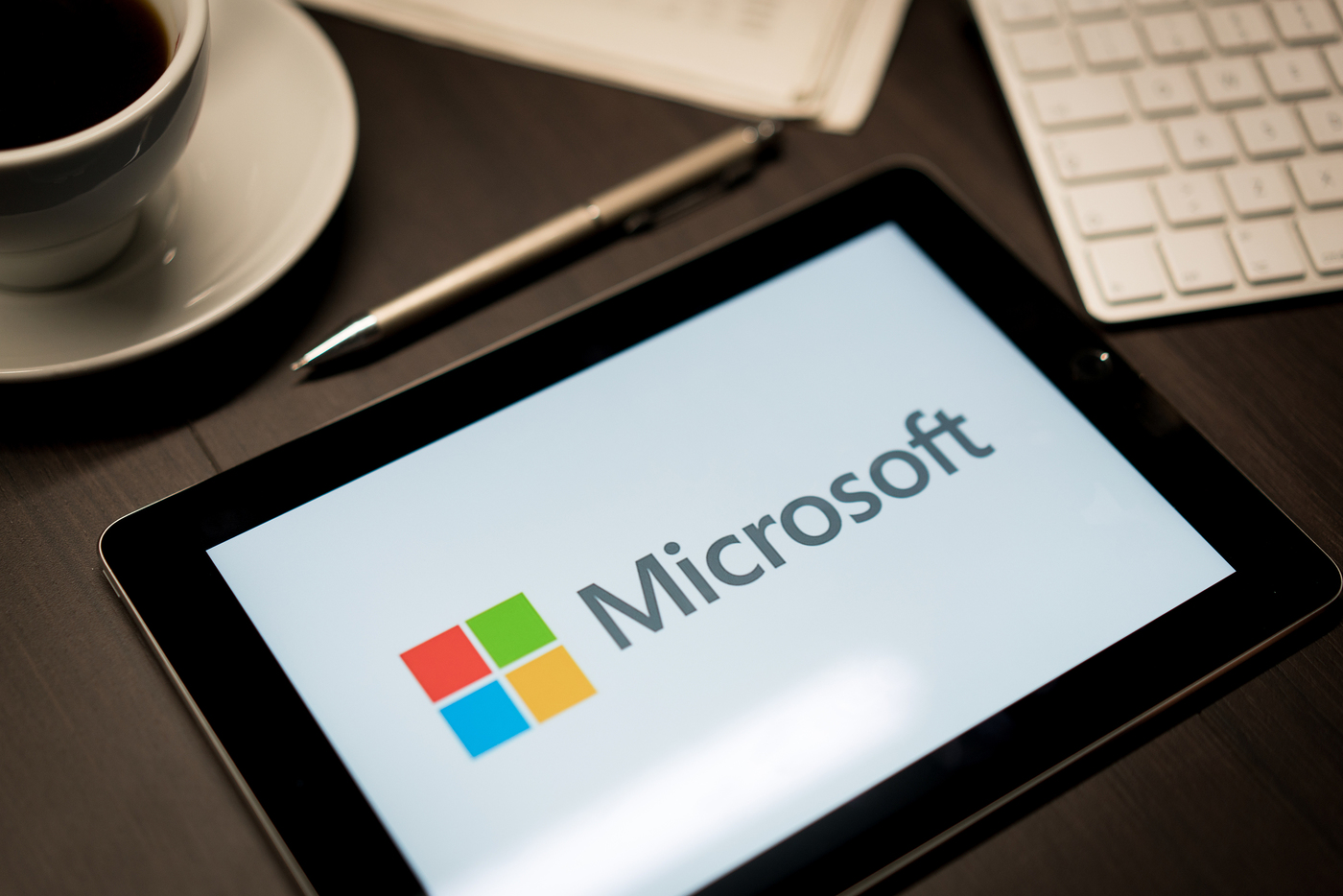Use These Steps to Make the Best Technology Purchases

2020 is approaching a close, which means accountants are most likely reminding their business clients about year-end purchases they can still make that can be used as tax deductions. Technology purchases are always a good option for year-end deductions. It’s been a transitional year for businesses with COVID-19 dictating most of those changes. Organizations in middle Tennessee and southern Kentucky have had to adjust to remote workers and new safety requirements like distancing and “contactless” customer interaction solutions. Cloud solutions have been a big part of the transition. According to a survey by Gartner, the pandemic is going to have a permanent impact on business operations and thus their technology needs. 74% of companies intend to keep some employees working remotely permanently after the pandemic has passed. With the end of the year coming up fast, how can you make the best decisions for technology purchases that will give you a tax benefit in just a few short months? We have several steps below to help.
Strategic Planning for Year-End Technology Purchases
Step 1: Review Tax Code for Allowable Deductions
First, you’ll want to become familiar with Section 179 of the U.S. tax code, which includes details on business deductions, including what’s allowed and what the limits are. Technology and other equipment that can be deducted include:
- Office equipment
- Computers
- Software (that’s publicly available, not custom)
- Other equipment (machines, etc.)
- Tangible personal property used in business
- Business vehicles (gross weight over 6,000lbs)
- Office furniture
- Business property improvements (security systems, HVAC etc.)
For your technology needs, this means you can deduct new software purchases, computer and other office equipment purchases (printers, networking hardware, etc.), POS and other IoT equipment.
Step 2: Review Deduction Limits and Depreciation
In 2020, there are two types of deductions that you’ll want to discuss with your tax professional to ensure you apply them to your best benefit. These include:
- Deducting 100% of the purchase, lease, or loan price of new or used (“new to you”) equipment or software up to a total of $1,040,000.
- Deducting 100% bonus depreciation for new and used (“new to you”) equipment. Spending cap on equipment purchases is $2,590,000.
Step 3: Do a Cybersecurity Vulnerability Assessment
Next, you’ll want to look at several areas of need in your IT infrastructure where upgrades could help keep your business more secure, improve productivity, and help you gain a competitive edge. One of the most important is cybersecurity. As many as 60% of smaller companies go out of business within 6 months of a data breach. Cybersecurity incidents can be devastating, so it’s important that you have the right protections in place. You can do this by having an IT professional like Copperband Technologies assess your current cybersecurityposture and let you know where improvements may be needed.
Step 4: Review Remote & Business Continuity Needs
When the pandemic hit, companies did not have much time to adjust to a remote working environment. Many of them still have optimizations that need to be put in place to ensure a hybrid office/remote working model is as efficient as possible. Additionally, companies need to prepare themselves for the next unexpected event. Review the software and hardware you may need to operate in this “new normal” more efficiently. These can include:
- Switching to a VoIP phone system
- Purchasing laptop computers for remote workers
- Putting remote security software in place (cloud security, endpoint device security, etc.)
- Unified communications to enable video and voice conferences
- Adding your cloud platforms to your backup/recovery strategy
Step 5: Streamline Your Use of the Cloud
SaaS waste nearly doubled in 2019. Companies end up adopting more services than they need and spending more than they should on a cloud infrastructure. Year-end is the perfect time to review your use of cloud services and streamline to reduce costs and increase efficiency. With software being an allowable tax deduction, you can see a monetary benefit back fairly soon in reduced tax burden. Survey employees about all cloud tools they use and work with your IT provider to switch to more streamlined all-in-one platforms (like Microsoft 365 or an ERP program). This software can be deducted and can create a more productive and integrated environment and reduce SaaS waste.
Step 6: Consider Customer Experience Improvement
One area of technology that can help you get ahead in 2021 is anything that makes the customer experience better. This might include updated POS devices that are contact-less or adding new software that facilitates faster customer service responses or easier appointment setting or shipment tracking by a customer. If you increase convenience to your customers by using smart, automated technology solutions, you can see a payback in higher revenue and customer loyalty.
Work With Us for Your Year-End IT Upgrade Strategy
Make the smartest choices for your year-end IT purchases by working with the experts at Copperband Technologies! Contact us today to schedule a technology consultation! Call 931.263.8000 or reach us online.


